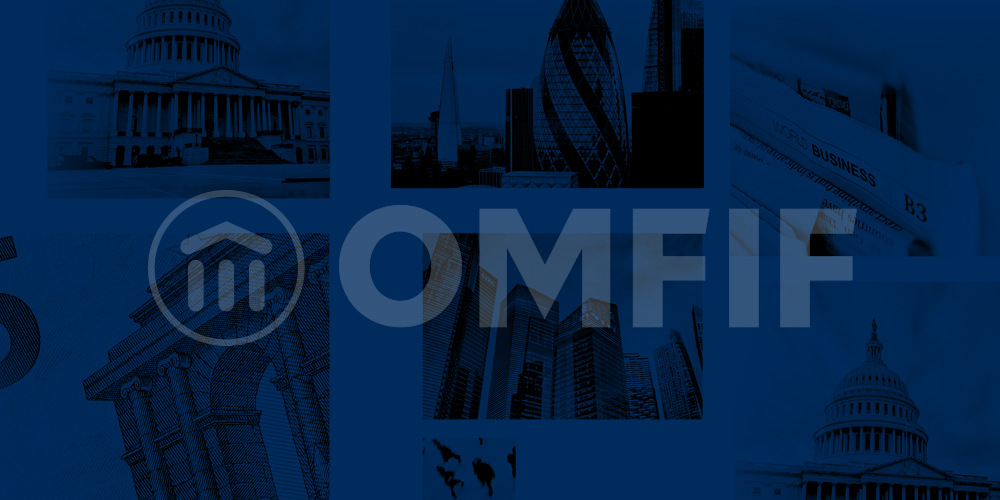The US Federal Reserve has followed a predictable line on rate rises this year, unlike in 2015 and 2016 when hawkish rhetoric was not followed by action. Janet Yellen, the Fed chair, has emphasised the dangers of moving too gradually, despite inflation running at below the Federal Open Market Committee’s 2% target.
She appears confident that markets will have no difficulty absorbing $10bn per month of Treasuries and agency securities as the Fed slims down its $4.5tn balance sheet, starting this month.
On the other hand, Yellen has shown too that the Fed will not be averse to restarting unconventional policies if circumstances become more adverse. With the estimated neutral rate of the fed funds rate at a historically low level, ‘There will typically be less scope for the FOMC to reduce short-term interest rates in response to an economic downturn, raising the possibility that we may need to resort again to enhanced forward rate guidance and asset purchases to provide needed accommodation,’ Yellen said on 20 October in Washington.
The scope for market upsets is considerable. Judgements about where the Fed goes from here are complicated by Yellen’s potential departure in February and the gaps that already exist on the Fed’s board. President Donald Trump has the power to turn the central bank either hawkish or dovish – underlying that central banking independence always needs to be qualified.
The other complicating factor is the extraordinary mildness of inflationary pressures in the advanced economies and the docility of labour in the face of stagnant or falling real incomes. Globalisation appears to have weakened the relationship between domestic slack and domestic inflation. The entry of emerging market workers into the global labour market has exerted a restraining influence on the workforce in the tradeable sector of advanced economies.
If the central bank hawks are right that the world is about to become a more inflationary place, political tensions could arise. It took heroism on the part of Paul Volcker, the then Fed chairman, to turn the inflationary tide during his tenure at the Fed between 1979-87. But independent central banking could not have enjoyed a more benign operating environment than in the period of disinflationary globalisation that followed.
Today the background is less helpful. The financial crisis has damaged central bank credibility. The distributional implications of the central bankers’ response to the crisis through their asset purchase programmes has lent strength to populist politicians. They observe that unconventional central banking has delivered big capital gains to the asset-rich elite, while doing less for ordinary people.
At the same time, because of the debt build-up, borrowers are hostage to potential interest rate spikes as policy normalises. Central bankers may be torn between the politically unpopular and financially destabilising rate rises that might be required to curb inflation and the more quiescent approach needed to preserve independence.
The second outcome would, in effect, usher in a new world of perpetual quantitative easing.
QE has been a controversial issue in Europe, particularly in Germany, where many policy-makers would like to see the European Central Bank end its programme of asset purchases. Tomorrow’s landmark ECB policy-meeting – which will have to tread a delicate line between too much and too little tightening – will deliver some important signals. The consequences are likely to spread well beyond Europe’s borders.
John Plender is Chairman of OMFIF.
